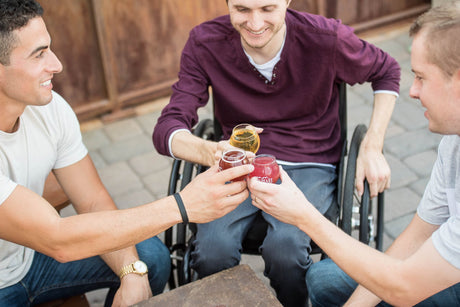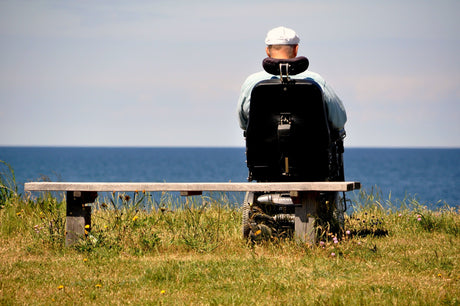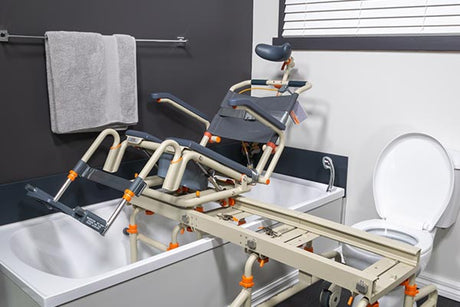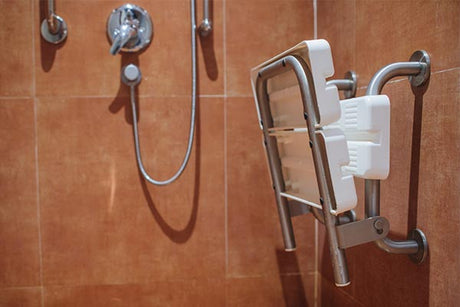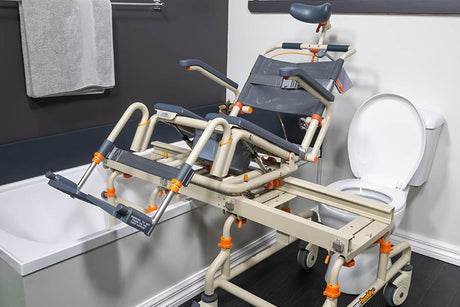In this article, we’re going to offer seven indicators that we commonly see cause people to seek out bathroom mobility assistive equipment. We suggest that if you have any concerns over your mobility to seek advice from your local healthcare provider.
1 – You’re unable to remain stable during bathing
If simply staying upright and having a shower seems difficult, you may want to look at a shower stool or other assistive options.
2. Getting into and out of the shower is proving difficult and/or painful
When the entrance to the shower starts to feel like a long, hard process, it could be a sign that the loss of mobility is starting to affect your overall bathroom safety. Could you steady yourself away from a slight slip? Could you prevent an awkward fall and injury if you had to? The difficulty of transfer might be a sign that the answer is no, in which case assistive technology can help take care of some of these things.
3. Carer or loved one is struggling to provide manual assistance
The other element of manual assistance with bathing is the bathing itself. Some individuals opt for a bath and a carer to help steady them and clean them at the same time. This can be very awkward and even unsafe if the carer is inexperienced, not strong enough or fatigued. Introducing equipment that keeps the individual in place without manual input relieves stress on everyone. The individual with the mobility impairment may even be able to bathe themselves with the right solution.
4. The shower or bath is not designed to support your mobility
Attempting to negotiate a shower that isn’t safe to use with reduced mobility may need some temporary measures like a good anti-slip mat on the floor of the shower. Ensure that the floor of the shower or bath is clean and dry, and the mat has good grip (online reviews are good for this exercise!).
If the stability needs go beyond simply floor grip, have a chat to your health provider as to whether proper assistive equipment is needed.

5. You require back, neck, leg support for comfort
6. You want to enjoy longer, more enjoyable showers
7. You’re approaching an age where other movement is starting to become more difficult
There’s no reason to tough it out when it comes to mobility and the bathroom. Showering is a time to relax and enjoy some time out. Make sure you have the support in place to continue doing this!
Further reading
Enjoyed this article? You may be interested in these resources online:
- 5 Assistive Clothing Examples That Can Help Elderly People – Showerbuddy Blog
- 10 Assistive Technologies Available For Mobility Impairment – Showerbuddy Blog
- Stay Independent With These Assistive Technologies – VeryWellHealth

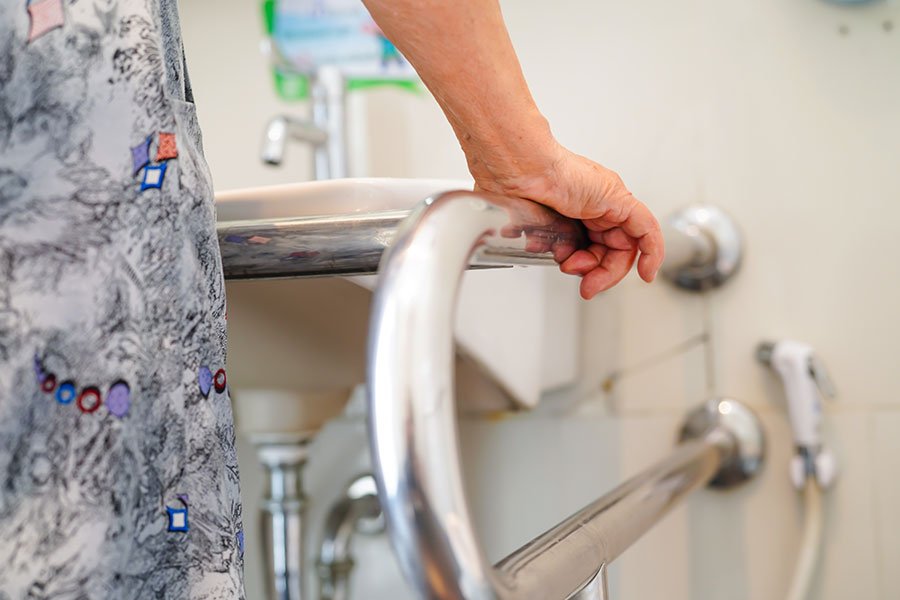
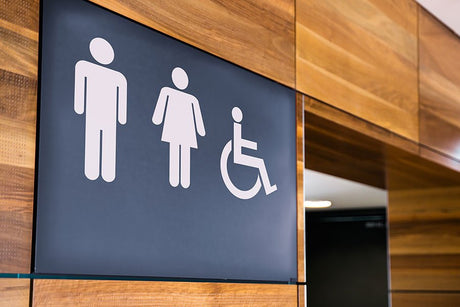
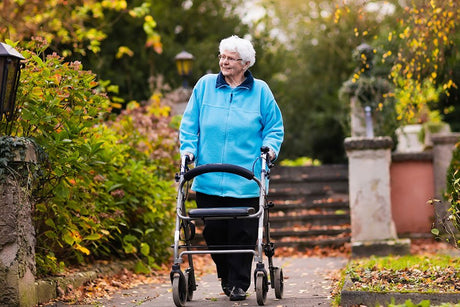
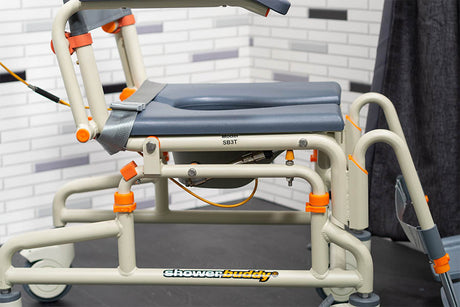
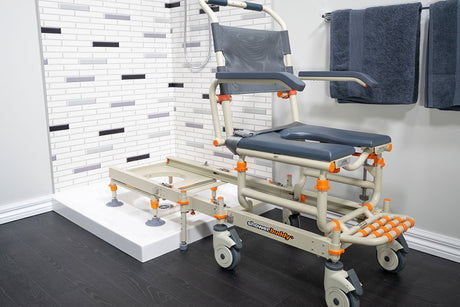
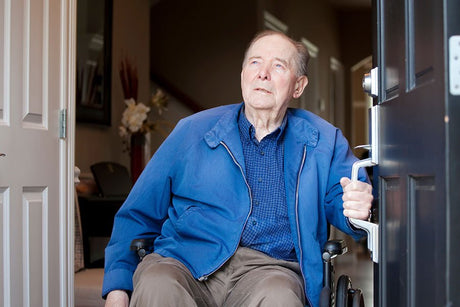
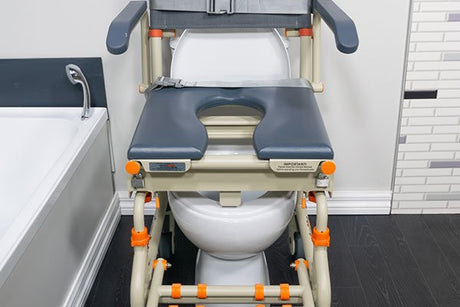


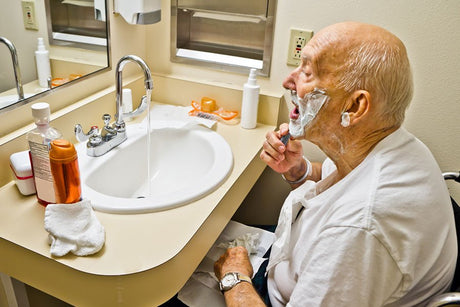
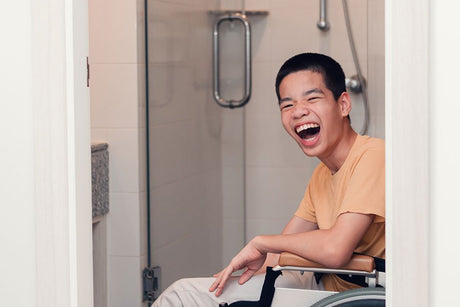
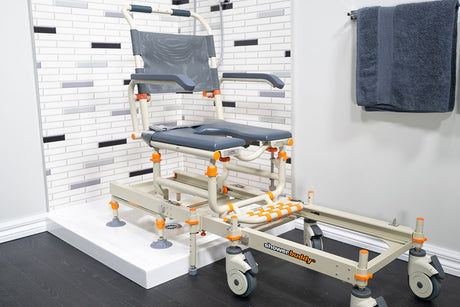

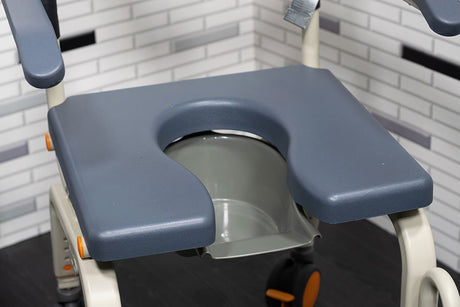
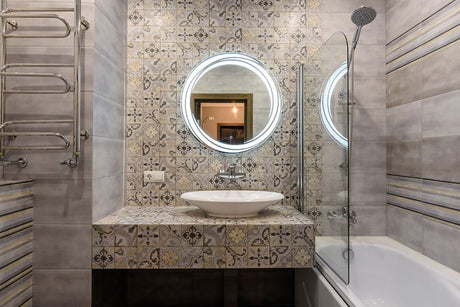
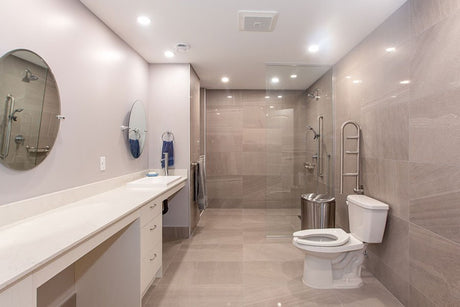
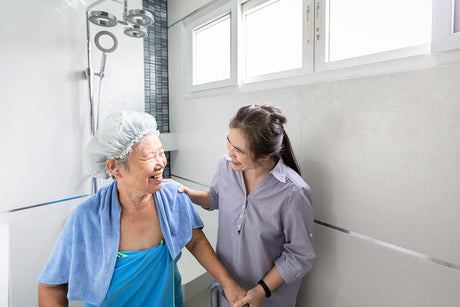
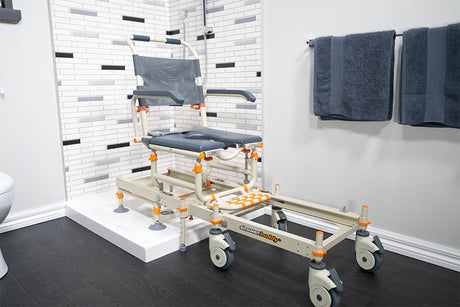

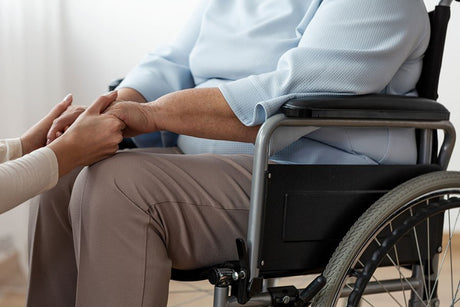
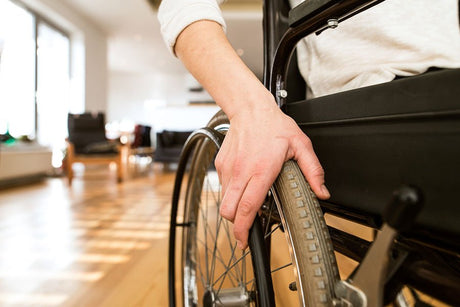
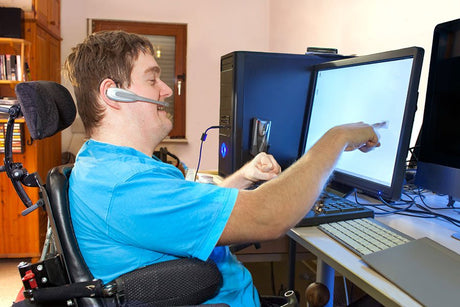
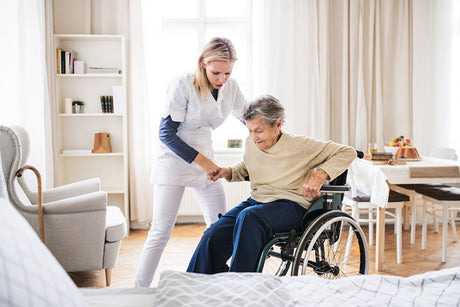

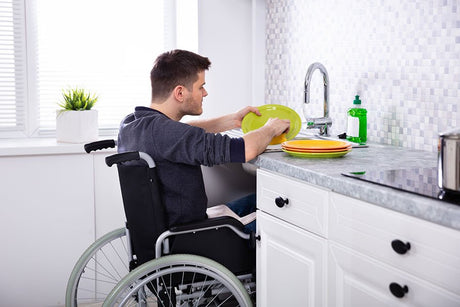
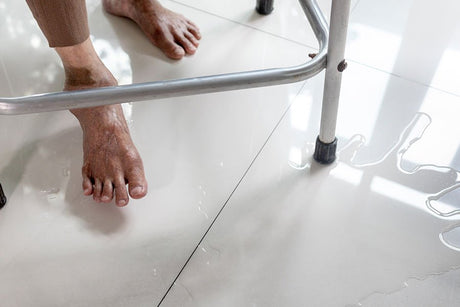
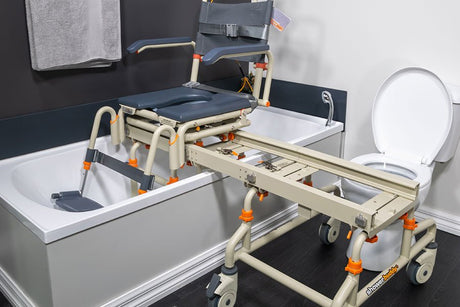
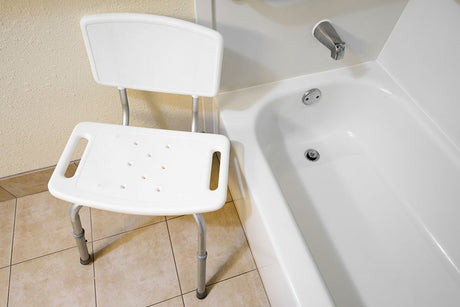
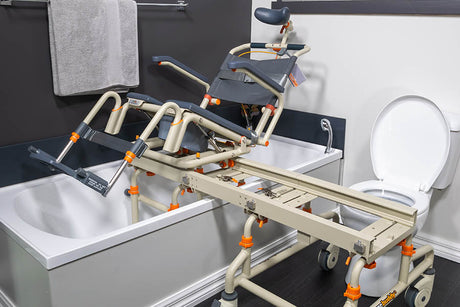
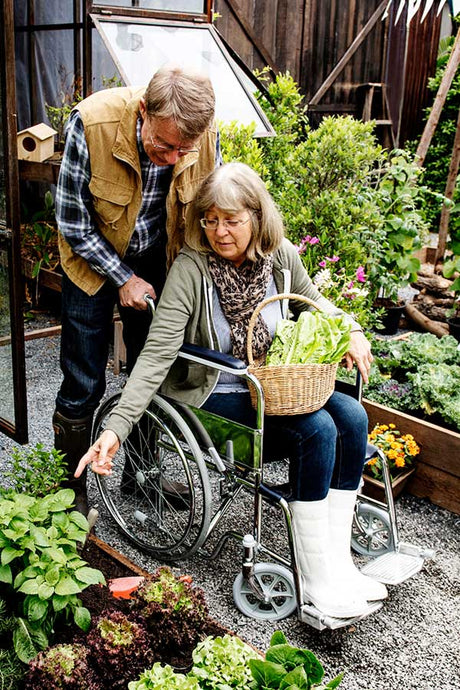
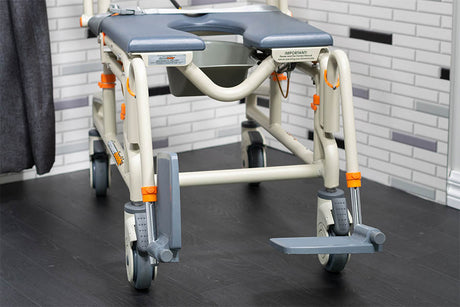
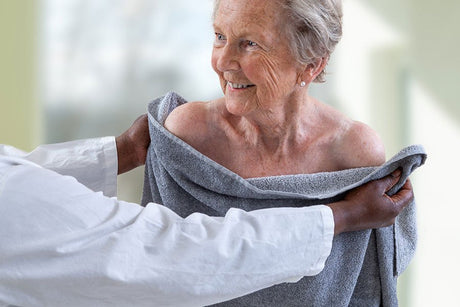
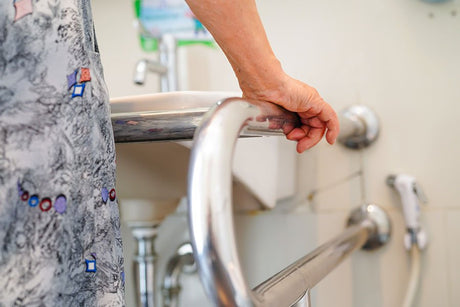


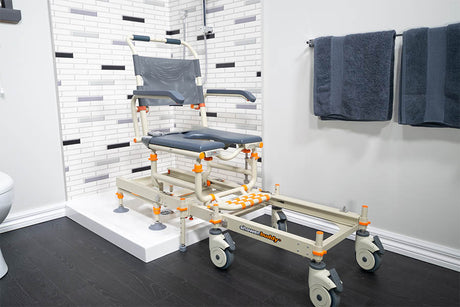
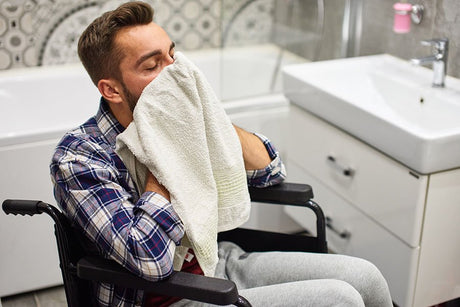
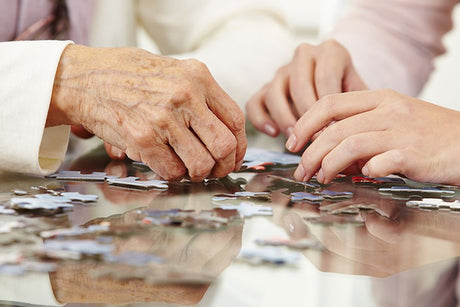
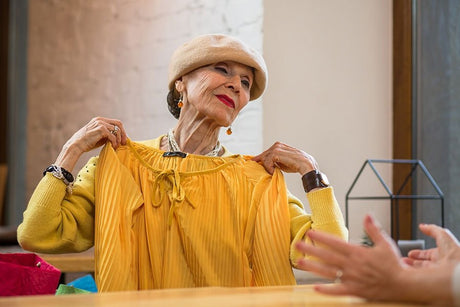
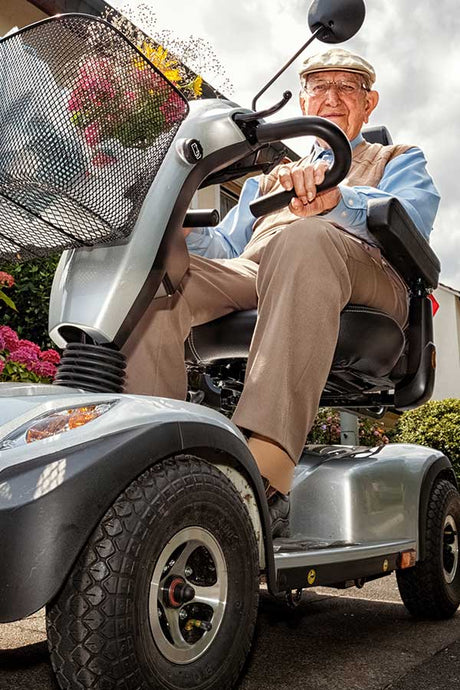

![Toilet Training A Young Child With Mobility Challenges [And How A Shower Chair Can Help]](http://shower-buddy.com/cdn/shop/articles/toilet-training-disabled-child.jpg?v=1699405543&width=460)


